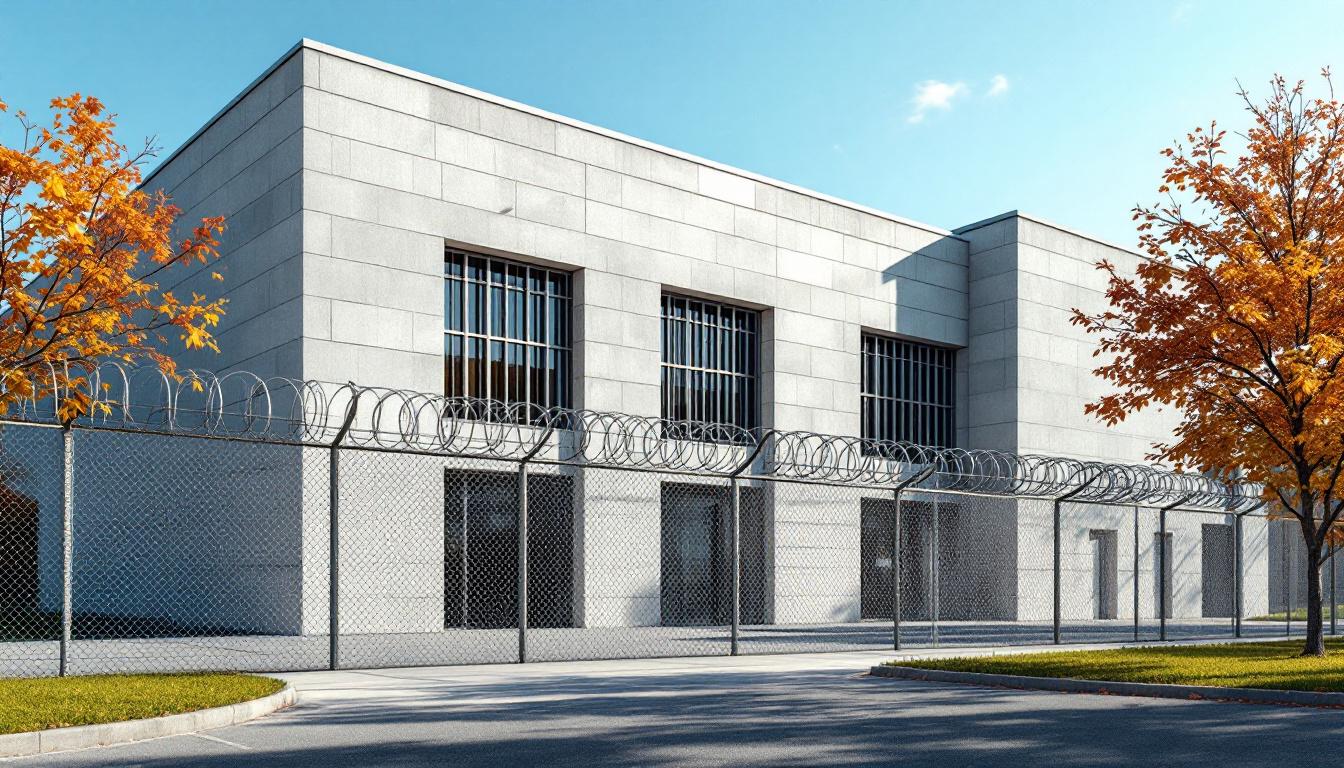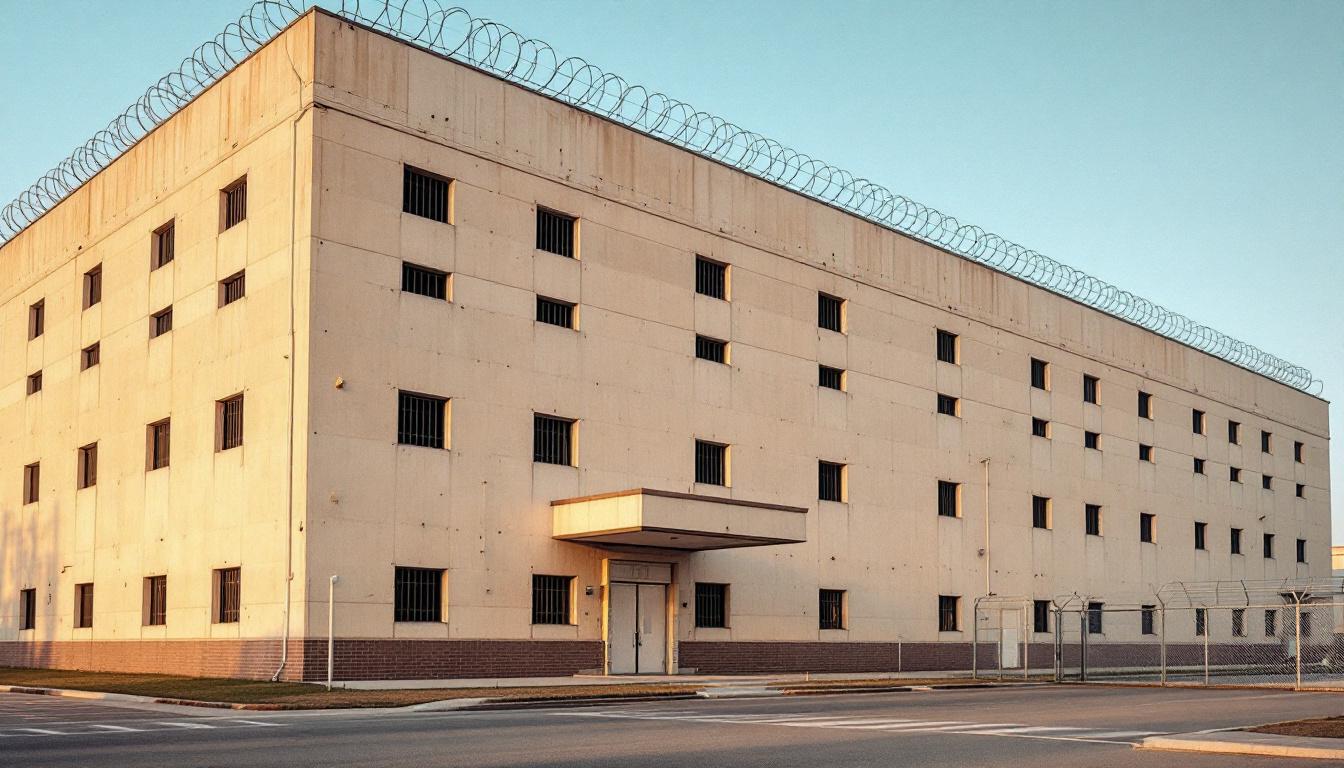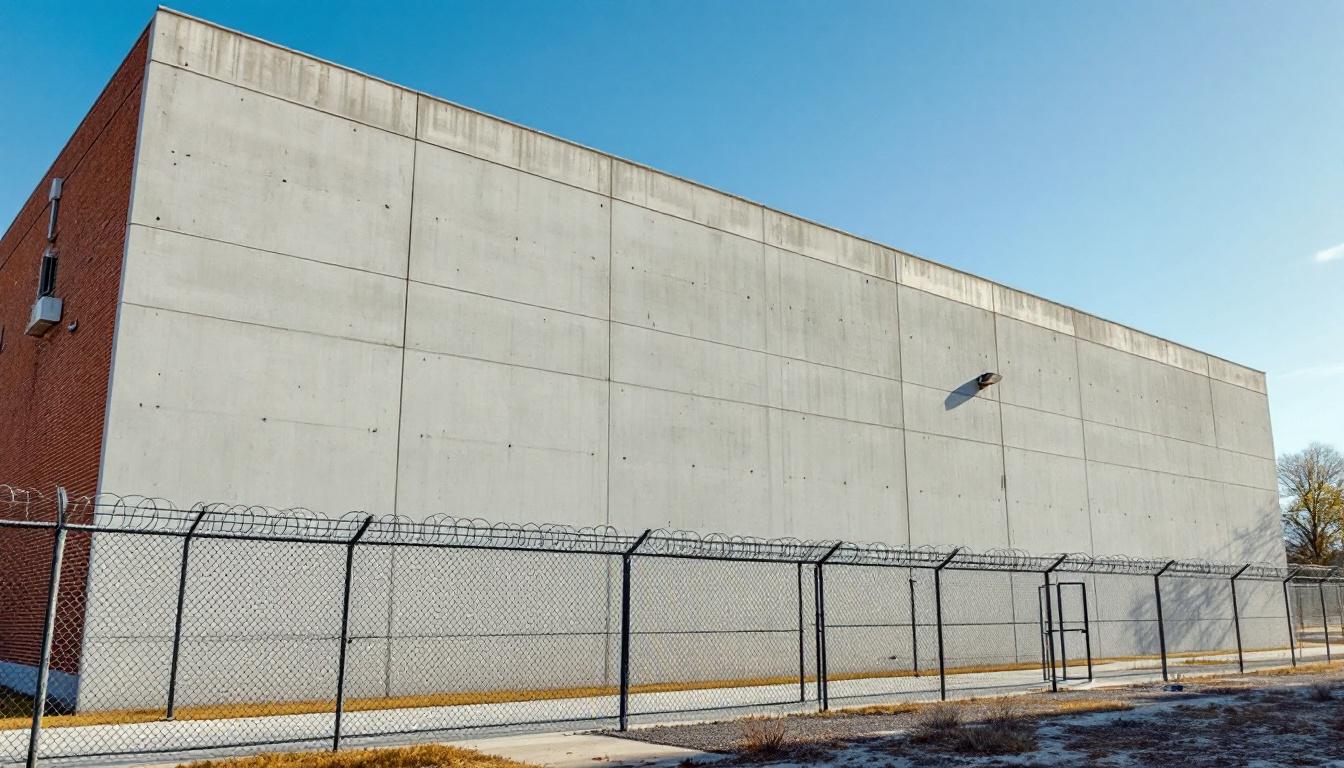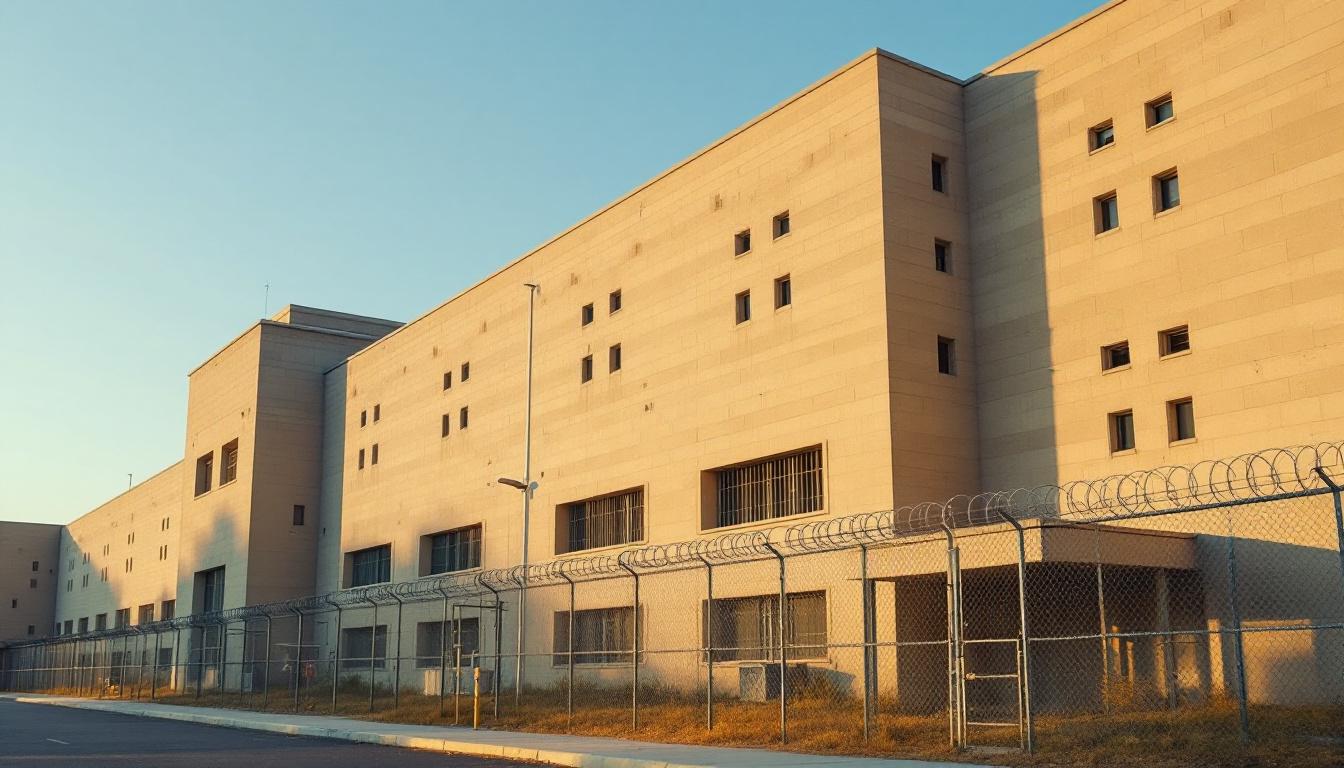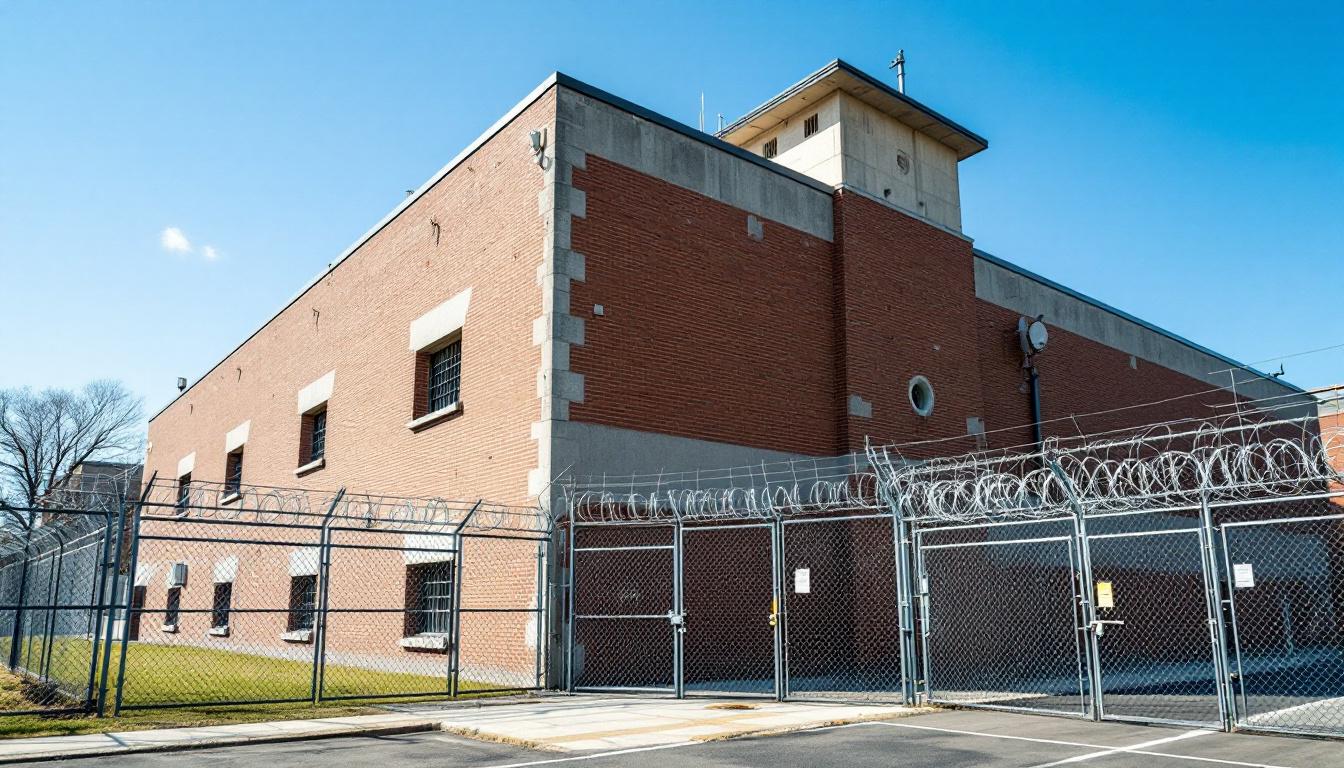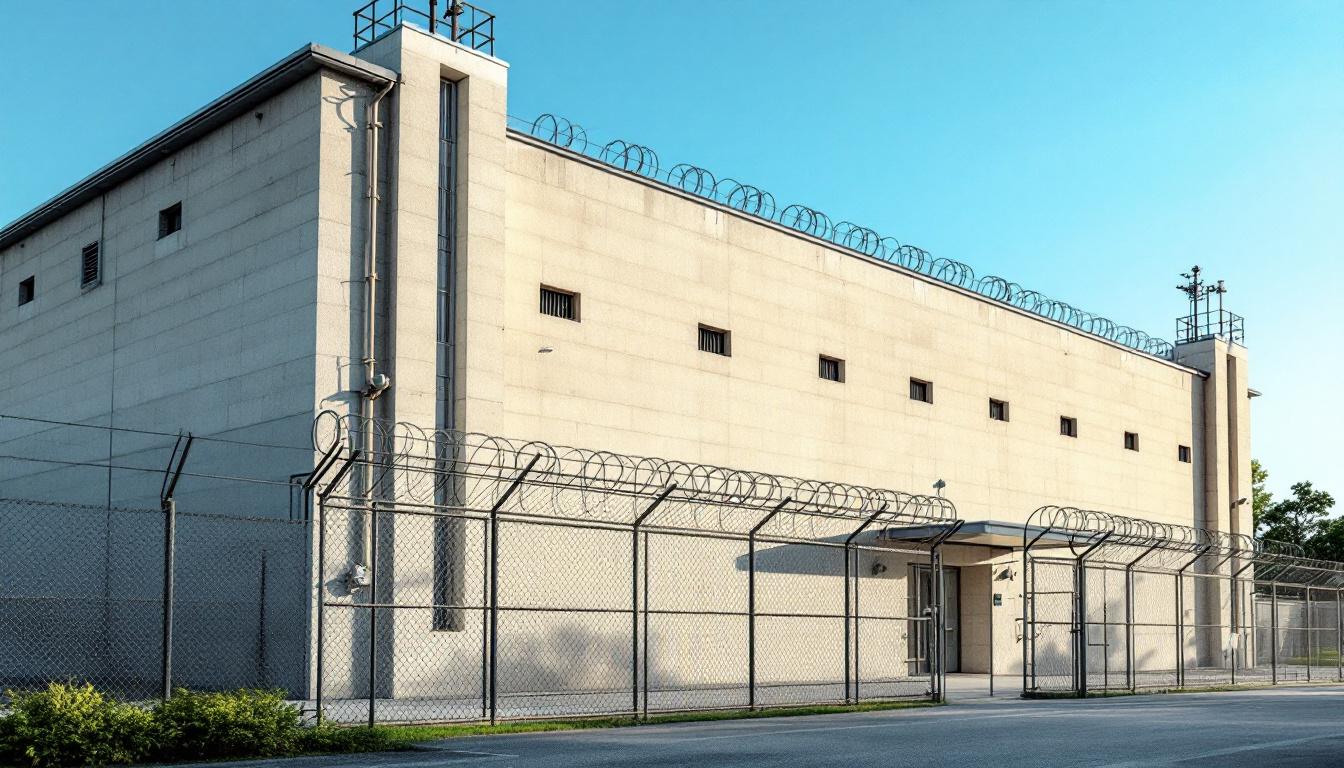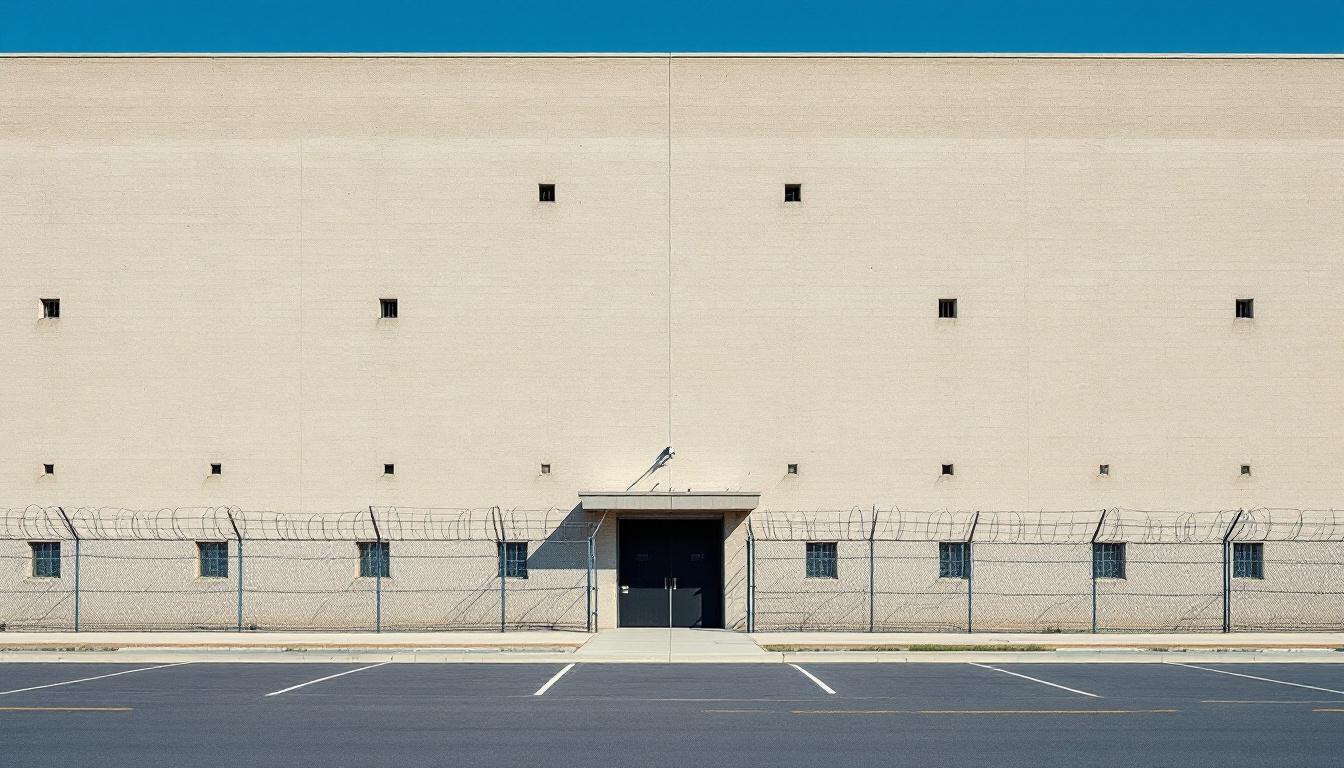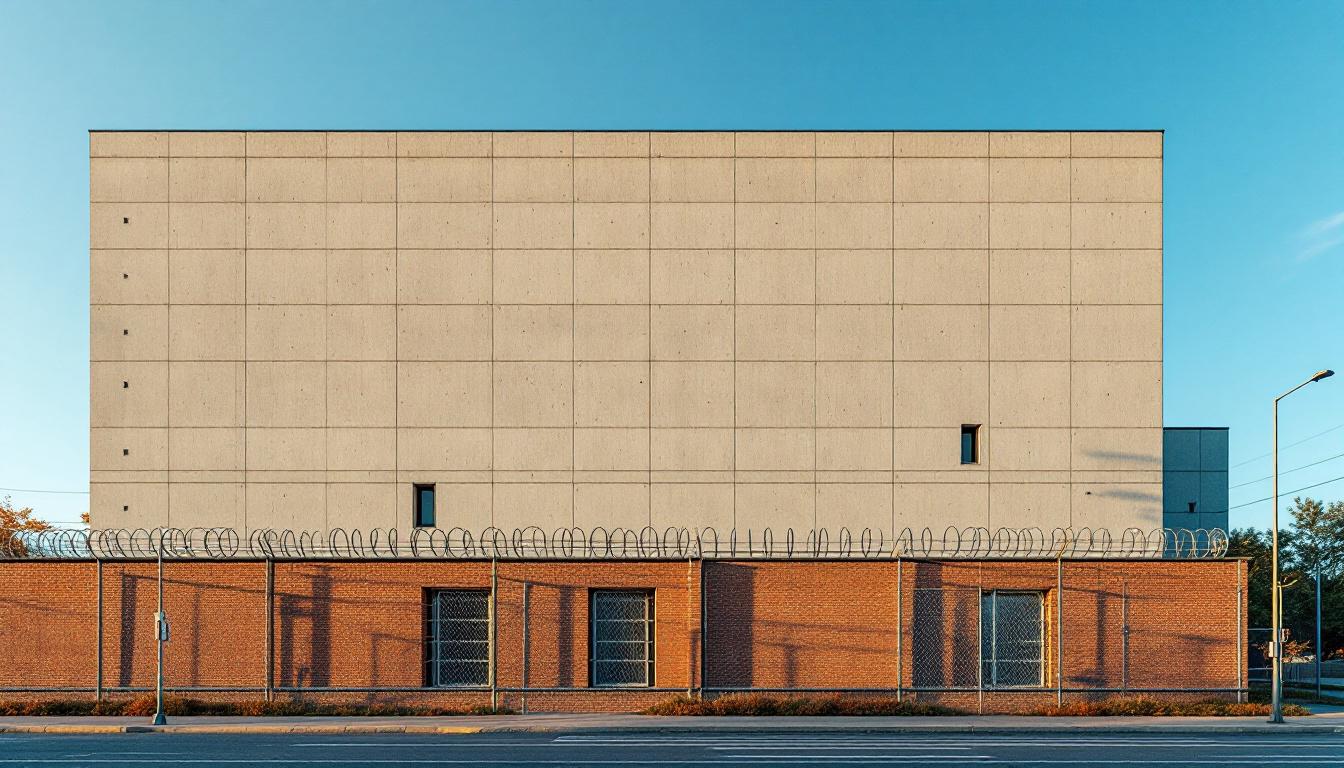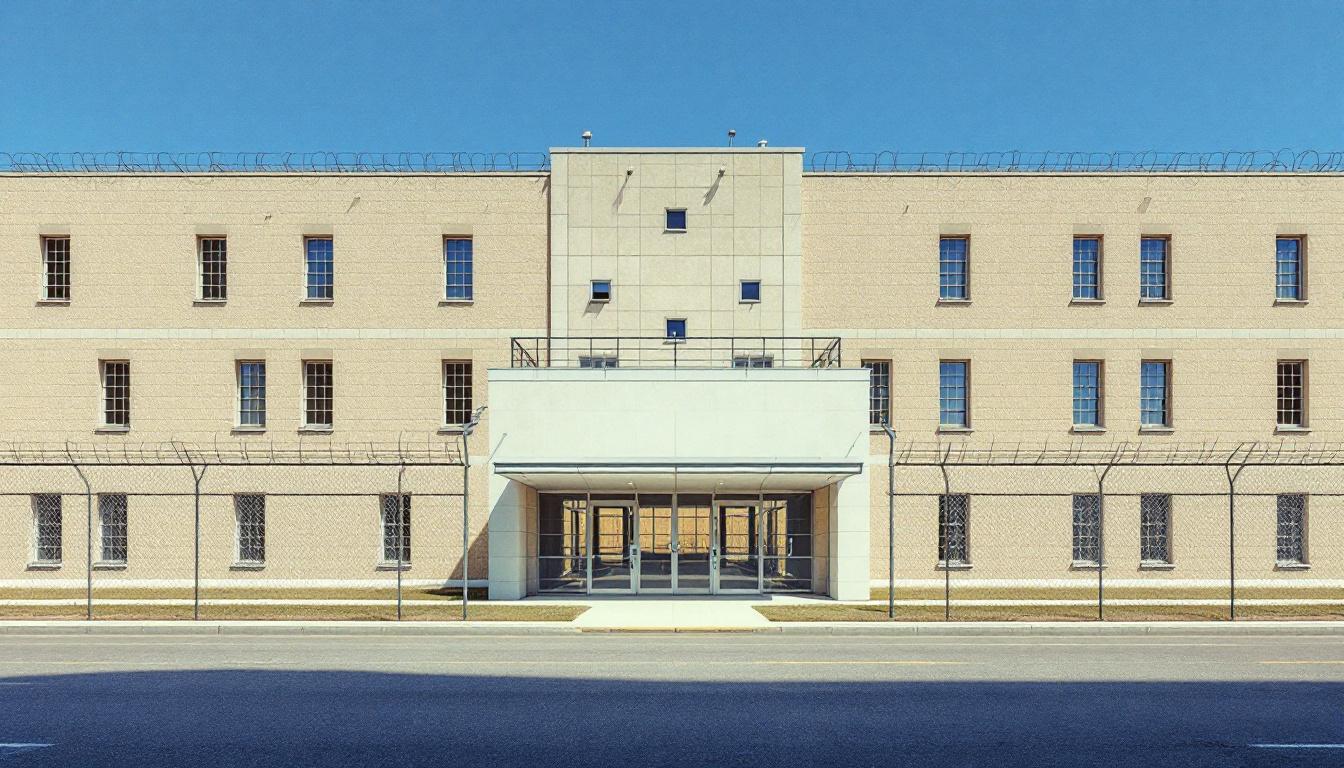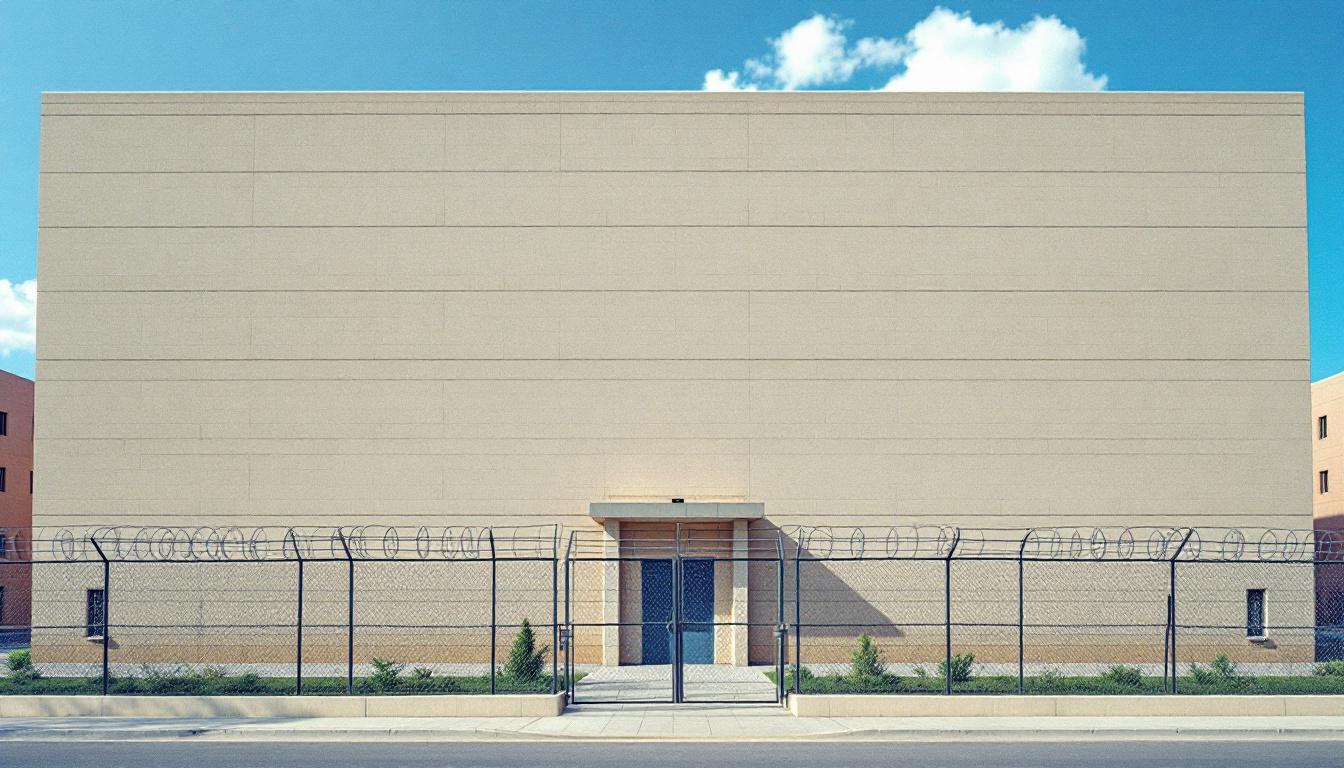
Quick Navigation
How to contact an inmate at Hernando County Detention Center
This comprehensive guide will walk you through how to connect with an inmate at Hernando County Detention Center. Follow the steps below to find an inmate and send letters and photos:
- Search for the inmate using our search tool below
- Create your account or log in to Penmate
- Write your message (up to 6,000 characters)
- Send instantly - inmates receive printed copies daily
Find an Inmate
Search for an inmate to start communicating today
Tip: You can search by first name, last name, or inmate ID number
To contact a person at Hernando County Detention Center start by searching for the person on the official facility website. Perform a search by following these steps:
- Step 1: Enter their first name and last name into the search form and click "Search"
- Step 2: Locate their inmate record
- Step 3: Write down their Inmate ID and any housing information provided
Important! Be sure to enter the person's full name. Nicknames should not be used.
How to Send Messages to Inmates

You can use your phone or computer to send emails, letters, and photos to an inmate. Messages are sent electronically to inmate tablets or kiosks at the facility. If you would like to send a message, start by searching for an inmate at Hernando County Detention Center.
Sending Photos and Postcards

A great way to send love and support to a loved one at Hernando County Detention Center is to send photos and postcards. It only takes a few minutes to send photos from your phone and it makes a huge difference. You can also mail postcards with words of support and inspiration, or design your own postcard for special moments like birthdays and holidays.
Important! Be sure not to send any explicit photos or they may not be approved by the facility. You can also use a photo printing app like Penmate to make sure your photos are printed at the correct size (4x6 or 3x5) and are mailed according to the rules and regulations of Hernando County Detention Center.
Frequently asked questions about Hernando County Detention Center
-
How long does it take to deliver a message?
If you're sending an email message your letter is usually delivered within 24-48 hours. For messages sent via mail you should expect delivery within 3-7 days. All messages will need be approved by Hernando County Detention Center.
-
How much does it cost to send a message to Hernando County Detention Center?
You can send a message free using your phone or mail a message via USPS for the price of a $0.60 stamp and envelope. You can also purchase credits or e-stamps from services starting at $1.99.
-
What services can I use to contact an inmate at Hernando County Detention Center?
Penmate
You can use Penmate to send letters and photos to an inmate from your phone. It's an easy way to stay in touch during your loved one's incarceration. Use the inmate locator to find an inmate's location and contact information, then you can send messages within a few minutes.
Securus messaging
Securus may be another option for communicating with an inmate at Hernando County Detention Center. You can create a friends and family account and purchase credits to send messages. All messages will be reviewed and must be approved by the facility.
JPay
Some county jails and state prisons may support sending messages with JPay. You must register an account with the system, find your loved one, and purchase stamps to send messages. For some locations you can also attach photos.
Smart Jail Mail
You may also check if Smart Jail Mail is available at Hernando County Detention Center. Smart Jail Mail is operated by Smart Communications and has contracted with some state and county jails. After purchasing credits, your messages and photos are sent to the facility, printed out, and then handed out to your loved one.
-
What is the mailing address of Hernando County Detention Center?
Mailing address:
Hernando County Detention Center
16425 Spring Hill Dr
Brooksville, FL 34604
Phone: (352) 544-2334Business hours:
- Monday: Open 24 hours
- Tuesday: Open 24 hours
- Wednesday: Open 24 hours
- Thursday: Open 24 hours
- Friday: Open 24 hours
- Saturday: Open 24 hours
- Sunday: Open 24 hours
-
What are the visiting hours at Hernando County Detention Center?
Visiting hours at Hernando County Detention Center vary by housing unit and security level. Generally, visits are scheduled on weekends and holidays, with some facilities offering weekday visits. Contact the facility directly at (352) 544-2334 or check their website for the current visiting schedule. Visits typically last 30-60 minutes and must be scheduled in advance.
-
What items are prohibited when sending mail to Hernando County Detention Center?
Prohibited items typically include: cash, personal checks, stamps, stickers, glitter, glue, tape, staples, paperclips, polaroid photos, musical or blank greeting cards, hardcover books, magazines with staples, and any items containing metal or electronics. Only send letters on plain white paper with blue or black ink. Photos must be printed on regular photo paper (no Polaroids). Always check with Hernando County Detention Center for their specific mail policies.
-
How do I send money to an inmate at Hernando County Detention Center?
You can send money to an inmate at Hernando County Detention Center through several methods: 1) Online using JPay, Access Corrections, or the facility's approved vendor, 2) Money orders mailed directly to the facility with the inmate's name and ID number, 3) Kiosks located in the facility lobby, or 4) Over the phone using a credit or debit card. Fees vary by method, typically ranging from $2.95 to $11.95 per transaction.
-
Can I schedule a video visit with an inmate at Hernando County Detention Center?
Many facilities now offer video visitation as an alternative to in-person visits. At Hernando County Detention Center, video visits may be available through services like Penmate, Securus Video Connect, GTL, or ICSolutions. Video visits typically cost $10-20 for 20-30 minutes and must be scheduled in advance. You'll need a computer or smartphone with a camera and reliable internet connection. Contact the facility for their specific video visitation policies and approved vendors.
-
What identification do I need to visit an inmate at Hernando County Detention Center?
All visitors must present valid government-issued photo identification such as a driver's license, state ID, passport, or military ID. Minors must be accompanied by a parent or legal guardian who can provide the minor's birth certificate. Some facilities require visitors to be on the inmate's approved visitation list, which may require a background check. Contact Hernando County Detention Center for specific ID requirements and visitor approval procedures.
-
How can I find out an inmate's release date?
To find an inmate's release date at Hernando County Detention Center, you can: 1) Use the online inmate search tool if available, 2) Call the facility's records department, 3) Contact the inmate's case manager or counselor, or 4) Have the inmate provide this information during a call or visit. For privacy reasons, some facilities only release this information to immediate family members.
Facility Overview
Contact Information
Hernando County Detention Center16425 Spring Hill Dr
Brooksville, FL 34604
Phone: (352) 544-2334
Official Website
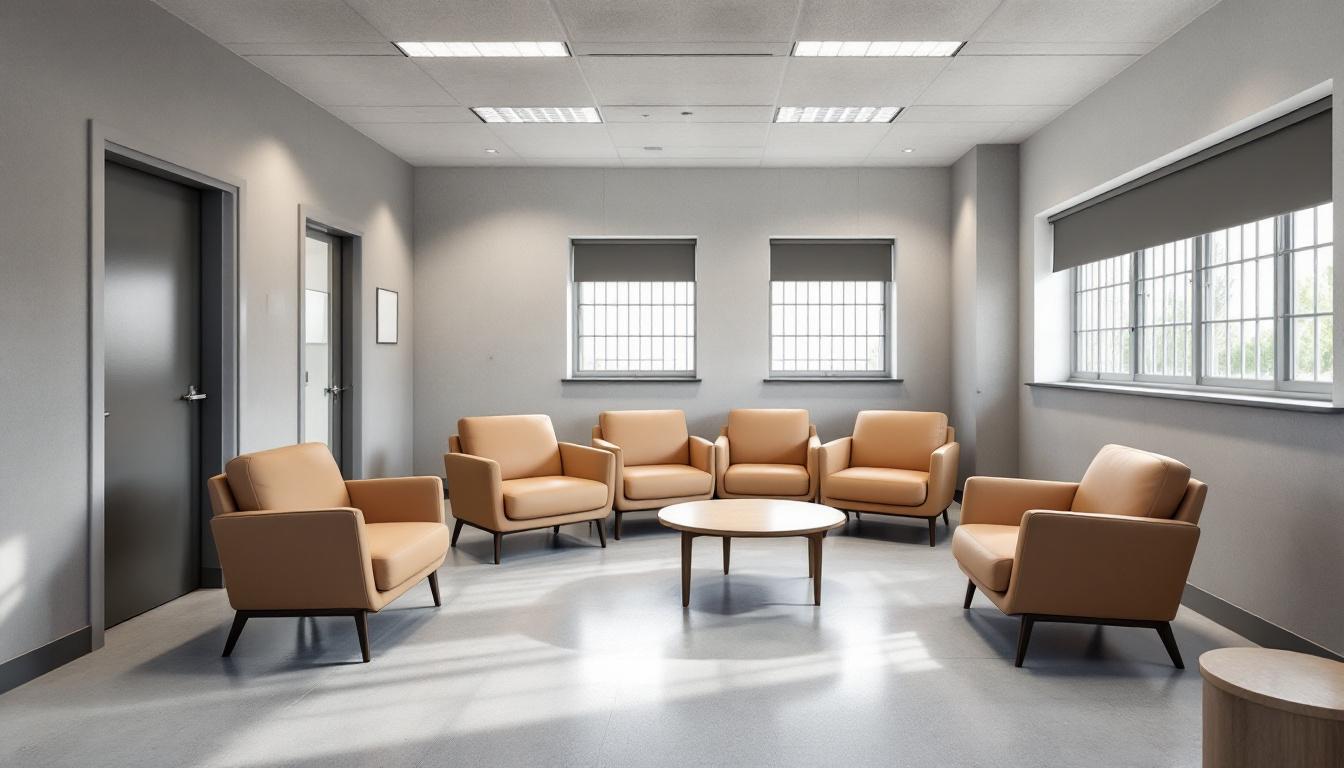
About Hernando County Detention Center
Detention centers serve as crucial components within Florida's correctional framework, providing secure housing while individuals await trial or serve shorter sentences. The Hernando County Detention Center, FL operates within this essential role, serving the Brooksville community and surrounding areas through a collaborative approach that balances public safety with meaningful rehabilitation opportunities.
Located in Brooksville, this FL correctional facility typically works alongside local courts, law enforcement, and community organizations to support both residents and their families during challenging transitions. The facility generally emphasizes programs that may include educational services, substance abuse counseling, and vocational training designed to prepare individuals for successful reintegration into their communities. Through partnerships with regional service providers, the population services often extend beyond basic housing to encompass mental health support, family visitation programs, and pre-release planning assistance.
The detention center's approach to rehabilitation reflects broader trends within Florida's correctional system, focusing on evidence-based practices that address underlying factors contributing to criminal behavior. Staff members typically coordinate with probation officers, social workers, and community advocates to create individualized plans that support long-term success. This collaborative framework helps ensure that individuals leaving the facility have access to housing assistance, employment resources, and ongoing support networks that strengthen both personal outcomes and community safety throughout the greater Brooksville area.
Programs & Services
Through comprehensive educational initiatives and therapeutic interventions, the Hernando County Detention Center demonstrates its commitment to fostering personal growth and successful community reintegration for the population. The facility's approach emphasizes skill development and addressing underlying challenges that may have contributed to incarceration, creating pathways for meaningful transformation during confinement.
Educational programs form the cornerstone of rehabilitative efforts, offering diverse opportunities that cater to varying academic needs and aspirations. The population may access high school diploma programs designed to complete secondary education requirements, while special education services typically provide individualized support for those with learning differences. Additionally, college correspondence courses often enable motivated individuals to pursue higher education goals, expanding their intellectual horizons and career prospects beyond their current circumstances.
Support services and therapeutic programs work synergistically to address both immediate needs and long-term stability concerns. Substance abuse treatment programs may offer evidence-based interventions that help participants develop coping strategies and maintain sobriety upon release. Work release opportunities typically allow eligible individuals to maintain employment connections while serving their sentences, preserving family financial stability and professional relationships. Furthermore, identification document assistance often proves invaluable in removing bureaucratic barriers that might otherwise impede successful reintegration, ensuring the population can access essential services, employment, and housing upon their return to the community.
Daily Life & Visitation
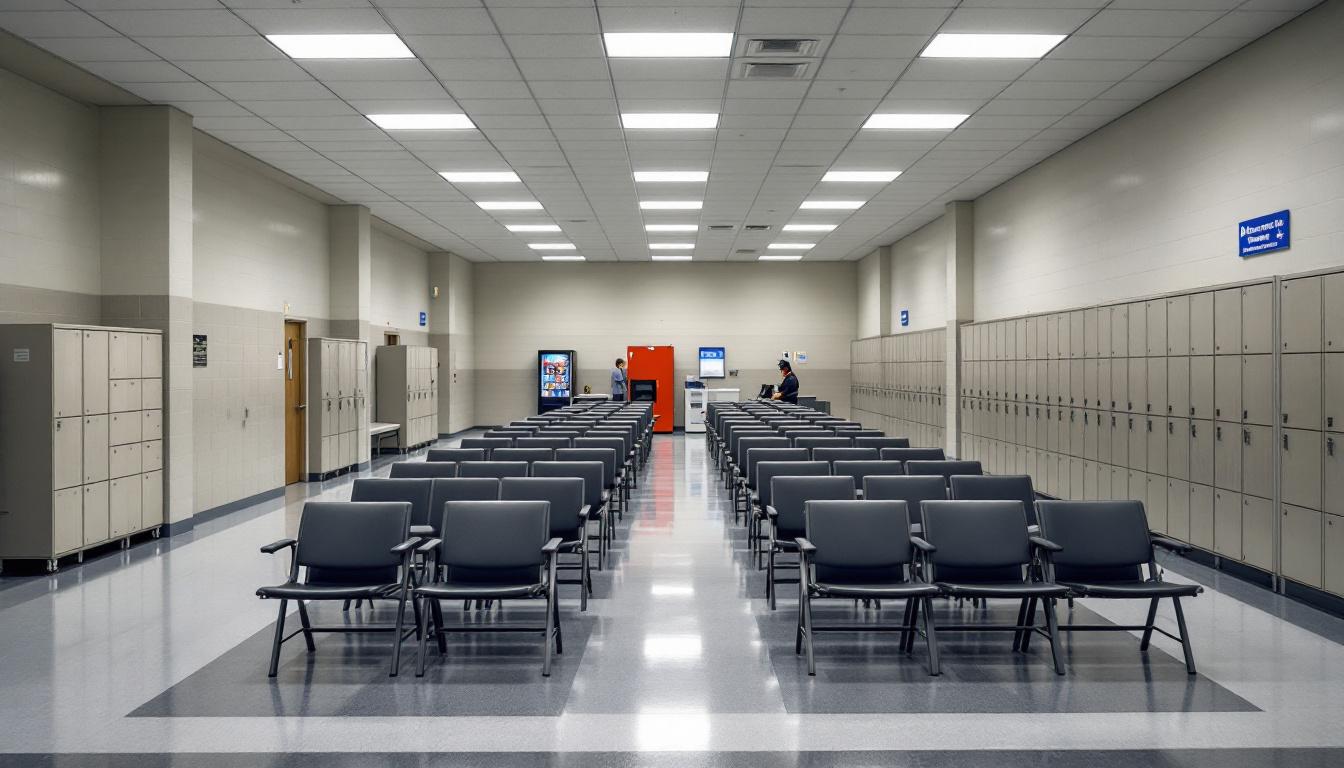
The carefully orchestrated framework of institutional operations shapes every aspect of how the population experiences their time within the facility's structured environment. Daily routines at the Hernando County Detention Center currently follow established protocols that continue to emphasize security, accountability, and systematic scheduling throughout each twenty-four-hour period. The population typically begins each day with standardized wake-up procedures, followed by scheduled meal times, count procedures, and various programmed activities that supply structure and purpose to their daily experience.
Housing arrangements generally consist of dormitory-style units and individual cells, depending on classification levels and security requirements, with each living space designed to accommodate the population's basic needs while maintaining institutional safety standards. The facility typically provides three scheduled meals daily in designated dining areas, where the population gathers according to housing unit assignments and predetermined schedules. Personal property allowances usually include essential hygiene items, approved clothing, and limited personal effects, while commissary services may offer additional items for purchase to supplement basic provisions supplied by the facility.
Additionally, recreational opportunities often include access to outdoor recreation areas, television viewing in common spaces, and various educational or vocational programming designed to provide constructive use of time. While maintaining security protocols, the facility generally facilitates family connections through scheduled visitation periods and telephone privileges, allowing the population to maintain important relationships with loved ones. Work assignments within the facility typically supply both structure and responsibility, with various maintenance, food service, and cleaning duties available to eligible members of the population, creating a sense of purpose and routine that continues to be an integral part of the institutional experience.
Ready to Connect?
Start communicating with your loved one today
Search for an Inmate
